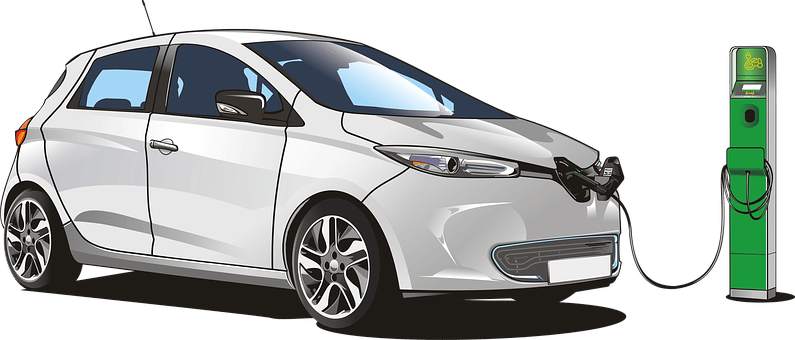Oregon Enacts Law Establishing Targets for Zero-Emission Vehicles

Democratic Governor Kate Brown signed legislation on July 15 that sets goals to promote zero-emissions vehicles in the state, including a requirement that all light-duty vehicles owned or leased by the state of Oregon be ZEVs by 2029.
The new law aims for at least 50,000 registered ZEVs by 2020 and 250,000 by 2025. At least 90 percent of new vehicles sold annually and 50 percent of registered vehicles in Oregon would be ZEVs by 2035. The bill allows schools to use an existing funding source to buy electric buses and charging stations.
The state’s Department of Energy is tasked with submitting a biennial report on the adoption of these goals and, if the state is not on target, recommending strategies to the Legislature to bolster adoption. Recommendations could include policies to expand infrastructure, such as charging and hydrogen fueling stations, and educating the public about the benefits of these vehicles. Currently, most ZEVs can drive 150 to 240 miles on a single charge, and are supported by hundreds of fast-charging stations across the state.
As of 2018, Oregon had about 22,280 registered electric vehicles and 1,272 public chargers. Oregon is among the eight states that established the Multi-State Zero Emission Vehicle task force in 2013 to support state ZEV program implementation.
The transportation sector is the largest source of emissions in Oregon, and electric vehicles have an important role in greenhouse gas reduction. In 2019, the Oregon transportation sector was responsible for about 40 percent of this state’s emissions, with light-duty vehicles representing more than half of the sector’s emissions.
EnerKnol Pulses like this one are powered by the EnerKnol Platform—the first comprehensive database for real-time energy policy tracking. Sign up for a free trial below for access to key regulatory data and deep industry insights across the energy spectrum.
ACCESS FREE TRIAL